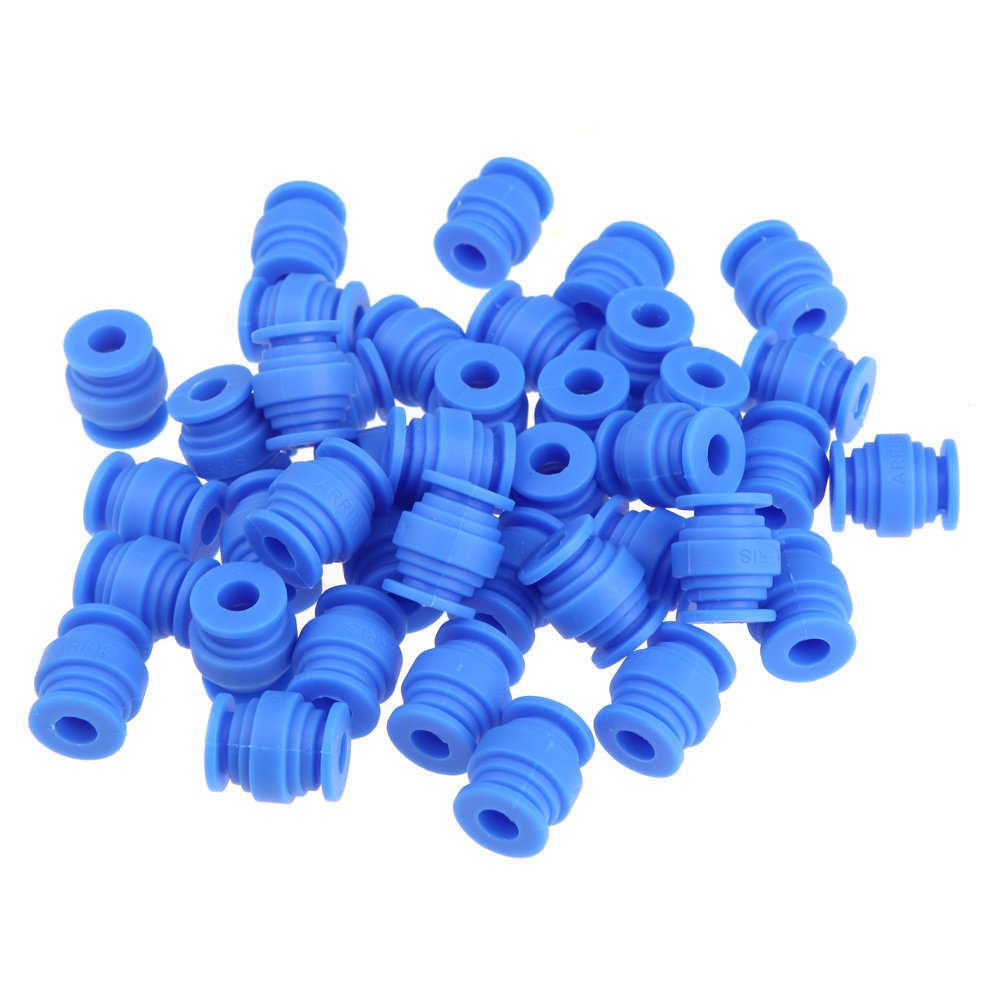Twitchity caught the multi-rotor bug and got it bad. So bad in fact that he got a CNC machine so he could build custom frames from advanced materials.
His first prototype frame is a doozy.
The Twitchity mini-hexacopter frame is made from G-10. My kit weighed in at 130 grams with all the screws nuts and standoffs. Fully built with motors and ESCs the all up weight is 411 grams. From motor shaft to motor shaft the copter is 330mm wide and 279mm long. As such the copter will accomodate 6" rotors.
The Parts
Frame:
This frame is unique today. It was built by our very own Twitchity. If you want one, you need to ask him.
Motors and rotors:
I went with the SunnySky X2204 2300kv from BuddyRC.
Rotors are the HQ 6045 rotors from GotHeliRC.com
Flight controller and ESCs:
I am running the Naze 32 Rev5 from RotorGeeks.com
The ESCs are eMAX 12a Simon Series (BlHeli) ESCs from MultirotorMinis.
Receiver:
I chose the FrSky D4R-II from Aloft Hobbies.
Thoughts:
I have flown a few batteries now and this is a VERY powerful copter. It begs to be weighted down with FPV gear. I need to add a Mobius tomorrow and see how it looks from the copter.
Current build includes a small 'canopy' from an Easter egg and KISS 18a ESCs. I love how they fly but I find them difficult to work with. The light colored G10 frame makes it simple to repaint this copter any color you like. It took me 15 minutes of sanding to get the old paint and some pretty good dings worked out and the copter was ready for painting.
Final Build Weight is 411 grams (without battery).
Current Build Weight with canopy and with new KISS Escs is 394 grams (without battery).
Current Photo:
His first prototype frame is a doozy.
The Twitchity mini-hexacopter frame is made from G-10. My kit weighed in at 130 grams with all the screws nuts and standoffs. Fully built with motors and ESCs the all up weight is 411 grams. From motor shaft to motor shaft the copter is 330mm wide and 279mm long. As such the copter will accomodate 6" rotors.
The Parts
Frame:
This frame is unique today. It was built by our very own Twitchity. If you want one, you need to ask him.
Motors and rotors:
I went with the SunnySky X2204 2300kv from BuddyRC.
Rotors are the HQ 6045 rotors from GotHeliRC.com
Flight controller and ESCs:
I am running the Naze 32 Rev5 from RotorGeeks.com
The ESCs are eMAX 12a Simon Series (BlHeli) ESCs from MultirotorMinis.
Receiver:
I chose the FrSky D4R-II from Aloft Hobbies.
Thoughts:
I have flown a few batteries now and this is a VERY powerful copter. It begs to be weighted down with FPV gear. I need to add a Mobius tomorrow and see how it looks from the copter.
Current build includes a small 'canopy' from an Easter egg and KISS 18a ESCs. I love how they fly but I find them difficult to work with. The light colored G10 frame makes it simple to repaint this copter any color you like. It took me 15 minutes of sanding to get the old paint and some pretty good dings worked out and the copter was ready for painting.
Final Build Weight is 411 grams (without battery).
Current Build Weight with canopy and with new KISS Escs is 394 grams (without battery).
Current Photo:
Attachments
Last edited:
























